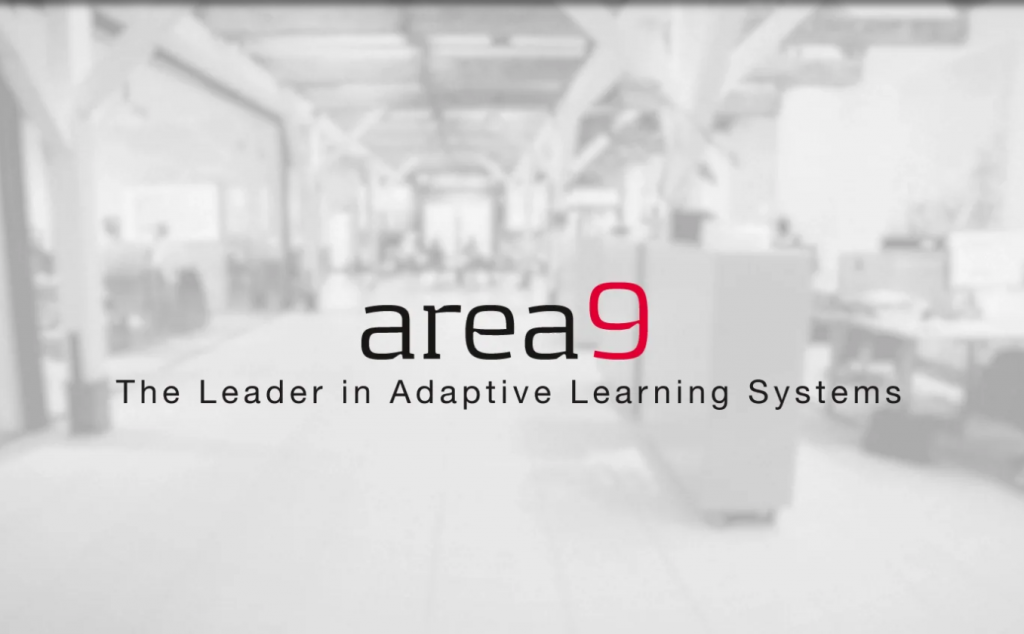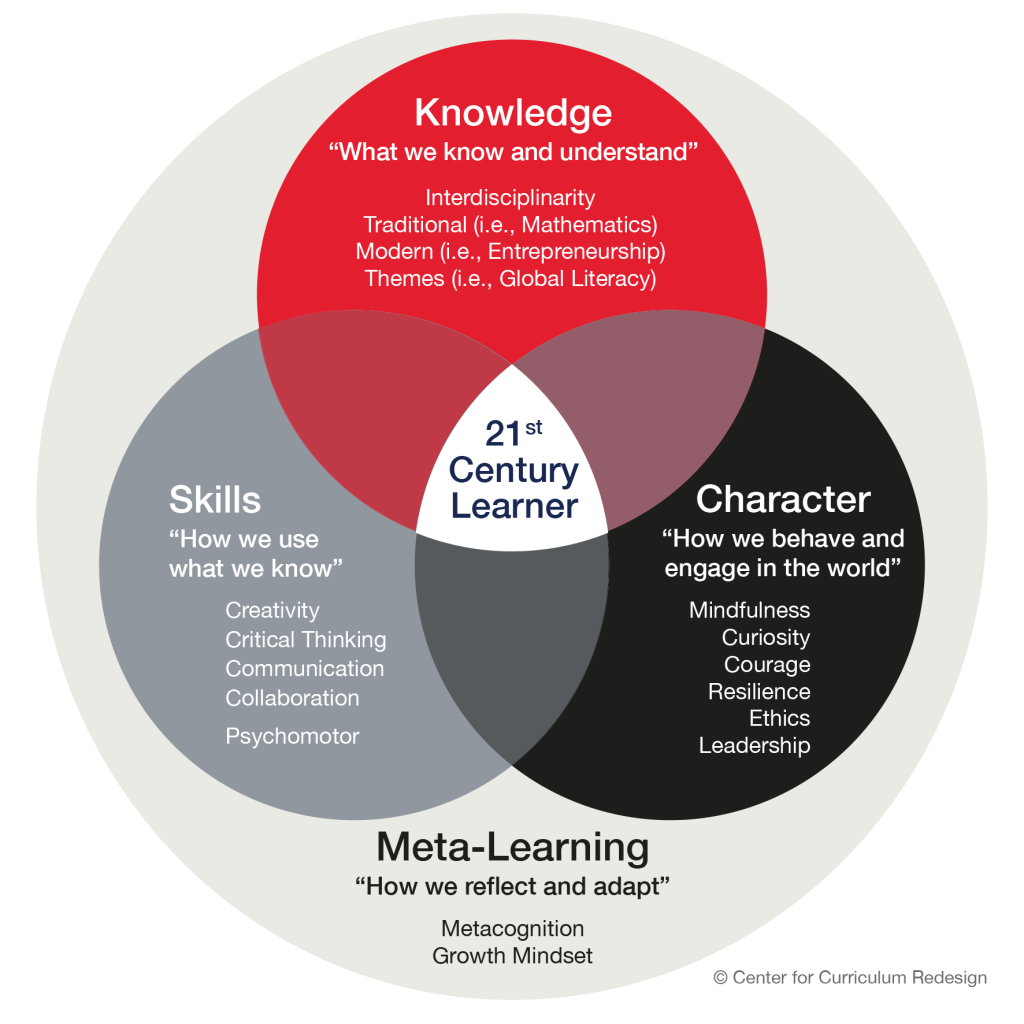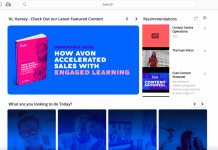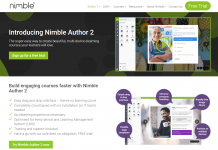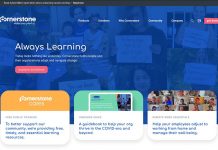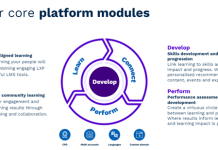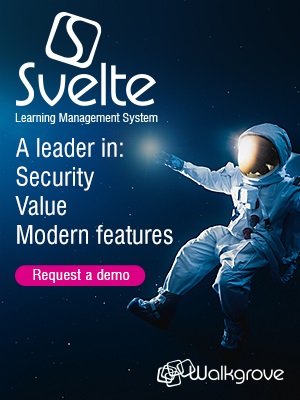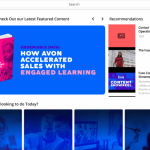Here David Patterson reviews the suite of elearning solutions offered by Area9 Lyceum, who have been a leading adapting learning company for well over a decade.
I first had the pleasure of listening to Ulrik Juul Christensen speak about Adaptive Learning in 2013 at one of EdTech Europe events in London.
Then, Adaptive Learning was new and exciting, yet Area9 had already been in existence since 2007, principally focused on the HE markets, and by 2016 had data on 14 million learner interactions and a “code base” valued at $150 million.
For much of that period Area9 was aligned with or part of McGraw-Hill Education.
Things have moved on and now Area9 Lyceum is a new incarnation and backed heavily by the Danish Government’s Growth Fund, and is bringing the world’s most sophisticated iteration of Adaptive Learning to the corporate learning market.
Indeed, Ulrik explained to me that Area9 Lyceum is now launching its fourth-generation suite of tools to deliver “High Impact Learning at Scale” that is adaptive and therefore totally personalised learning.
So where to start in investigating such a sophisticated learning platform or environment?
Well, such is the sophistication of this solution and with only a 2-hour demonstration it is difficult to produce more than a summary of what Area9 Rhapsode™ suite is capable of, but be in no doubt this is one of the most evidence-based learning platforms Learning Light has reviewed.
By evidence-based we mean the use of compelling data to drive learner performance with an Adaptive Learning approach that is scientifically proven to continually evolve using some very sophisticated thinking around biological models (no surprises then that Area9 came from the medical education space originally).
Let’s begin with content creation – the first of the four pillars or ‘dimensions’ as Area9 puts it:
At the simplest level these tools are as follows:
Rhapsode Curator
This is where new adaptive content is built, and includes an ingestion tool to bring existing content into Area9. Rhapsode Curator can be likened to the Adobe Creative Suite for education and learning.
The ingestion tool is pretty smart in that it takes the resources apart intelligently (we are going to hear that word a lot in this review) into building blocks (the Danes love their building blocks, it is in the DNA and they design wonderful things with them, including learning).
Part of this process can enable content to become mobile responsive (RWD). The process also goes a long way in tagging and indexing the resources for easy identification, use and re-use.
The granularity of tagging to specific taxonomies is very slick and quick.
This disaggregation of a wide range of flat assets and re-assembly into adaptive learning, Area9 Lyceum claims allows for courses to be developed 5 times faster than in more conventional manners.
This is high performance curation with purpose, and the purpose is to make the materials adaptive as well. So there is speed of creation and the curation includes the adding of a formative assessment layer and the development of lots of questions.
Both learning resources and assessment objects can be created from a series of pre-made item types, and Area9 uses Google WaveNet in the conversion of text into human speech for automated voice-overs.
It is important to understand the level of granularity needed to make this level of personalised adaptive learning work, and the nature of the relationship between assessment items and learning content that allows for a learner to be assessed and receive meaningful feedback.
Learner feedback is vital, and ranges from actual responses to “probes” for understanding as Area9 describes them, right through to data generated from their patterns of usage.
Area9 comes with a learning hierarchies tool set to ensure assessments built are meaningful.
Smarter and smarter
The curation tool leverages the existing learner behaviour data and makes “intelligent” suggestions to the content developers such as subject matter experts in how to edit and build the learning materials to optimise learning outcomes.
So already actionable data is being put to use and the built intelligence doesn’t stop when the piece of content is published. In fact, this is just the start of the adaptive learning process.
While the content is live, it is subject to a continual review process…….so we have the concept of dynamic authoring of learning.
To keep this powerful approach to adaptive learning manageable, there are workflows to ensure that creating and amending learning is managed effectively with sign offs and support.
Data based decision making with dynamic authoring and adaptive learning.
Rhapsode Educator
We are now “segwaying” to Rhapsode Educator for real time data generation on how well the content is performing with the learner.
While data plays a vital role in all that Area9 does, the commitment to learning and changing the learner’s performance remains central to the mission of Area9.
Self-assessment is used to considerable effect to measure and ascertain levels of unconscious incompetence. This competence modelling is at the heart of much of what Area9 does, and again the use of data tells a compelling story as how to best achieve the journey to conscious competency and even if required to automaticity.
A virtuous circle of learning that is adapting and personalising is how I would sum up the Rhapsode Educator, with its ability to predict at-risk learners being particularly interesting to high-performance learning organisations.
This is very smart indeed when you pause to think – for the learner the content is now being adapted at a granular level as Rhapsode Learner reports on the content performance.
For the learner, this cycle of continuous improvement means a faster and better learning experience as the learning is being personalised to their needs………….a really powerful virtuous circle is at play here.
Rhapsode Publisher
As the size of development teams grow and the number of content items increase, the cost of developing and maintaining content increases, and quality tends to suffer.
Publisher brings a layer of automation to solve this problem. With sophisticated dashboards, Publisher provides alerts and information to streamline the content management process.
From here in Publisher it is very easy to dive straight into the content in granular detail to see what is going on and of course make changes or flag up issues for further consideration back in Curator.
Now we come to the learner’s environments and there are two – Rhapsode Learner and Rhapsode Reader.
Rhapsode Reader
This pretty much does at is says in that in brings together textbook-style materials alongside multimedia such as videos, with built in assessments to focus the student on what they need to study.
This is a fully mobile enabled solution most suitable for bringing text-heavy learning to life.
Rhapsode Learner
Rhapsode Learner is the fully personalised learning environment, which is clean and elegant to use, with the full power of the Adaptive Learning approach designed in.
It can be integrated into an existing LMS if required. It is also fully mobile enabled.
Some final thoughts
In this review I feel we have looked at the approach and science behind Area9 Lyceum, focusing on data, adaptive learning and personalisation. Indeed, there is a lot more to this product than we have covered.
The use cases in time saved and enhanced learning experiences – accelerating the pathway to proficiency as it is put by Area9 – is hugely impressive as well.
In looking into these areas we have perhaps neglected to talk enough about the excellent learner experience.
So my advice is, if you are interested, visit the Area9 Lyceum website and take a demo – I can guarantee you will be impressed!


